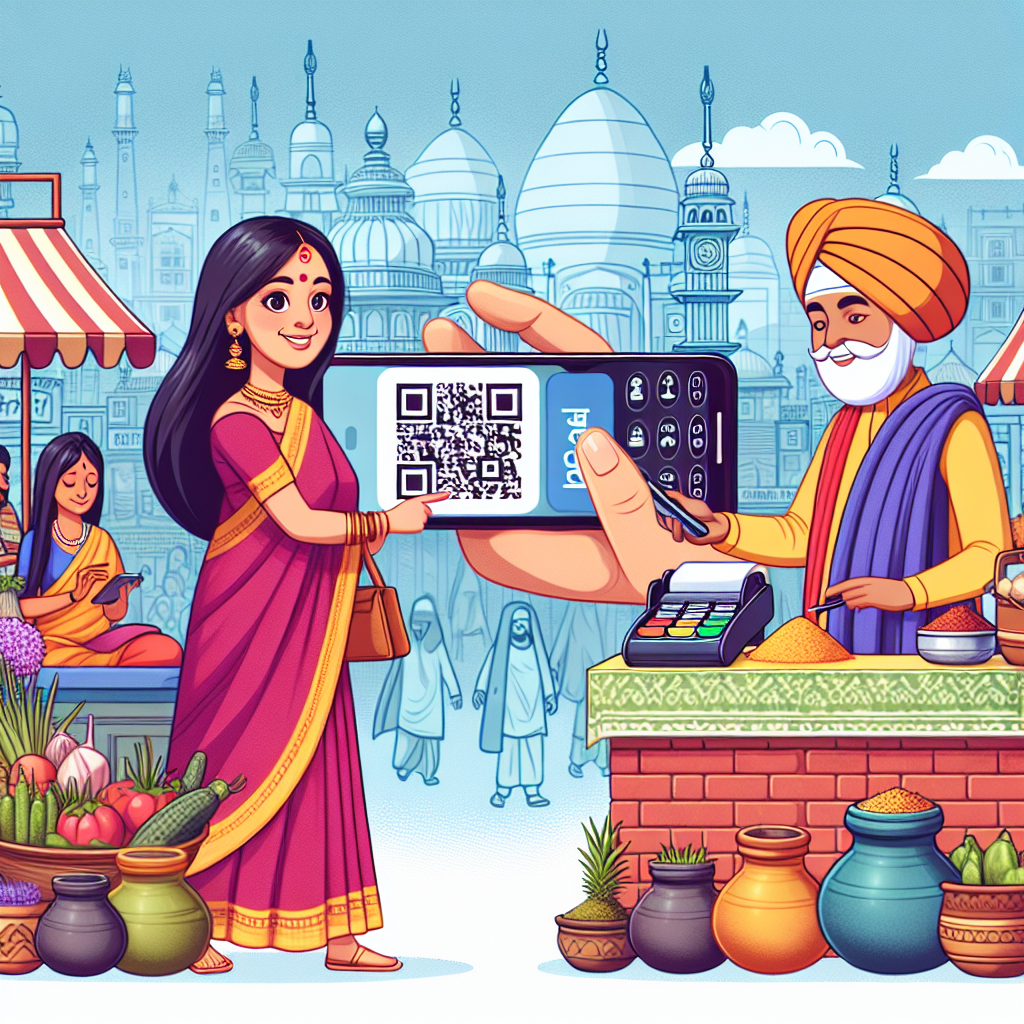India's Digital Payment Evolution: An In-Depth Look at Future Growth
A collaborative study by Kearney and Amazon Pay predicts that India's retail digital payments could double to USD 7 trillion by 2030 from current levels. The report underscores significant consumer and merchant adoption, driven by digital payment innovations such as UPI and new tools like Buy Now, Pay Later (BNPL) and wearable payments, despite challenges related to financial fraud and connectivity issues.

- Country:
- India
The rapid rise of digital technology in India is set to see retail digital payments soar to USD 7 trillion by 2030, doubling from their current levels, according to a study by Kearney and Amazon Pay. This surge is a result of strong consumer demand and increasing online and offline adoption.
The report, titled 'How Urban India Pays,' highlights a permanent shift in consumer behavior towards digital payments, with affluent consumers leading the charge by utilizing various digital payment modes for 80% of their transactions. Millennials and Gen X are noted for their significant adoption rate, and gender parity is evident, with both men and women using digital payments in about 72% of their transactions.
The e-commerce market in India, valued at USD 75 billion to USD 80 billion in 2022, is growing at a 21% CAGR, paralleling the growth of retail digital payments from USD 300 billion in FY18 to USD 3.6 trillion in FY24. Unified Payments Interface (UPI) has been a critical driver, showing a 138% CAGR in volumes from FY18-24, with cards and digital wallets also gaining traction.
Small towns are seeing significant digital payment penetration, with 65% of transactions being digital, compared to 75% in larger cities. The report also notes a correlation between a city's DDPU and retail potential, with some cities like Lucknow and Patna showing high digital payment usage despite lower retail potential.
Innovative methods such as co-branded credit cards, BNPL, wearable payments, and voice assistant-based payments are emerging. However, challenges like financial fraud, limited connectivity, and trust issues persist.
The next growth wave in digital payments will involve increasing digital payment adoption in lower-income groups and smaller towns, boosting spending values among higher DDPU segments, and promoting financial education. Enhanced digital infrastructure, minimized fraud risk, and expanded access to credit-based payment methods are also critical for overcoming ecosystem challenges, fostering inclusivity, security, and user-friendliness in India's digital payment landscape.
(With inputs from agencies.)
ALSO READ
India's UPI Payment Struggles to Gain Traction at Eiffel Tower
Digital Payments Surge: UPI Transactions Reach Rs 20.64 Trillion in July 2024
Government Initiatives Boost Global Reach of UPI and RuPay
RBI raises tax payment limit through UPI from Rs 1 lakh to Rs 5 lakh: Guv Shaktikanta Das.
NIPL Achieves 100,000 UPI Transactions Milestone in Nepal










